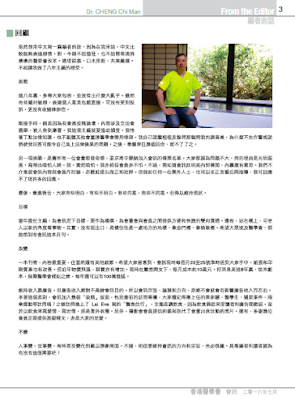It happened that I encountered
some people who were obsessed with questions about jumping together. The favorite scenario was about gathering all
the people on earth and then asked them to jump together. They wanted to know whether the earth would be
moved by such momentum. Some went
further and thought that the rotation of the earth, or even the orbit of its
revolution around the sun would be affected.
We tended to brush such question
off by some common sense arguments. It
was impossible to gather so many people together. They needed to be in a relatively small area
so as to focus the momentum and not to have the forces cancelled out each
other. Not only that those people needed
to synchronize in jumping up, it would be more important for them to land at
the same time. The list could go on
forever without attacking the question head on.
However, some scientists, maybe
influenced by the famous thought experiments of Einstein,
took the question seriously. Randall
Munroe in his blog (what-if.xkcd.com) and then his book (What If?: Serious Scientific Answers to Absurd Hypothetical Questions) defined
the question: What would happen if
everyone on earth stood as close to each other as they could and jumped,
everyone landing on the ground at the same instant? In a site which claimed to fight ignorance
since 1973 (straighdope.com), a similar question was
post as early as 1986, and it involved Chinese: If every man, woman, and child in China each stood on a chair, and
everyone jumped off their chair at exactly the same time, would the earth be
thrown off its axis? In scienceblog.com, a blogger did some calculation taking into account
the mass of the earth, the mass of all the people on earth, the gravitational
field, the height that people jumped, velocity of the earth, action and reaction
forces. As I did not understand the
calculation, I could only tell you the simplified result was that there would
not be any detectable effect. The main
reason was that the mass of the earth outweighed the mass of the total
population by a factor of over ten trillion.
Randall Munroe chose to go into
more details of the jumping experiment. He
assumed that all people really gathered in Rhode Island, as he figured that it
needed an area the size of Rhode Island to accommodate all the people on earth.
He came to the same conclusion that the
earth would not be moved, though he added that there would be a loud sound
resulted from the synchronized landing of so many people. Then came his further analysis. There would be no signals for mobile phones. The people found it very difficult to leave
either by plane, by train or by car. People
did not speak a common language. There
were insufficient food and water supply.
In October 2016, 19 doctors
planned to shake the earth. They formed
an alliance and got started to take part in the Medical Subsector Election of
the Election Committee. They formulated
a seemingly unrealistic goal of getting all 19 members into the Election
Committee. They vowed to change the
Chief Executive and to change the system of election of the Chief Executive and
Members of the Legislative Council. Their
causes were shared by pro-democratics of other subsectors. There was actually a bigger alliance which
aimed at getting more than 300 votes in the Chief Executive election. At the same time, there was a shared common
platform among the majority of all candidates for the election: the Chief
Executive had to be changed.
Then, at 3:30pm December 9, 2016,
the earth stopped spinning for a fraction of a split second. While Hong Kong people were gloomy about their
fate, the Chief Executive, CY, announced that he would not go for another 5
years. Before those guys started to
jump, their mere gathering had shown power. Statistics clearly showed that the coming Election
Committee would not favor the present Chief Executive to continue his heroic
acts. CY got his red light.
I felt the earth shaking on
December 12, 2016 when the results of the Election Committee were announced. All the 19 doctors were elected. And they were not alone. Whole cabinets were elected in many other
subsectors for the bigger alliance. Having
the whole cabinet elected was quite historical in elections of the medical
profession. The 19 doctors were
different in weight. Their abilities to
jump differed. They even did not
synchronize to start jumping. However,
most importantly, they were able to land together perfectly and delivered their
unified force. They had clear and
admirable causes. They had strategies,
energy and discipline to execute. Voters
were moved by their enthusiasm. All the
members got similar number of over 3000 votes. This clearly reflected that voters supported
the team as a whole.
At the same time, when they
landed, they delivered a unified and resonating voice. It was clearly heard.
They really shook the earth!
(Source: HKMA News December 2016)
















